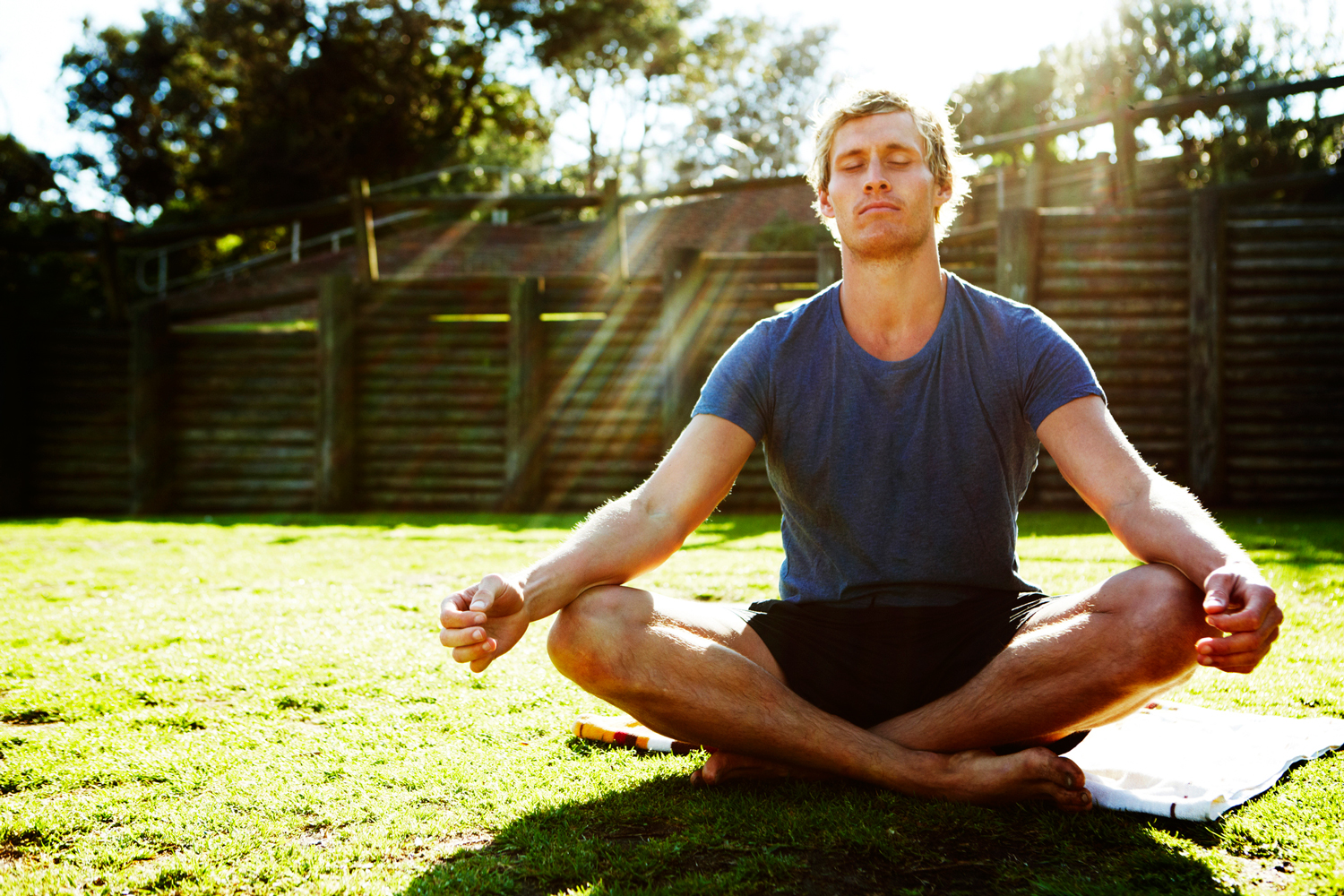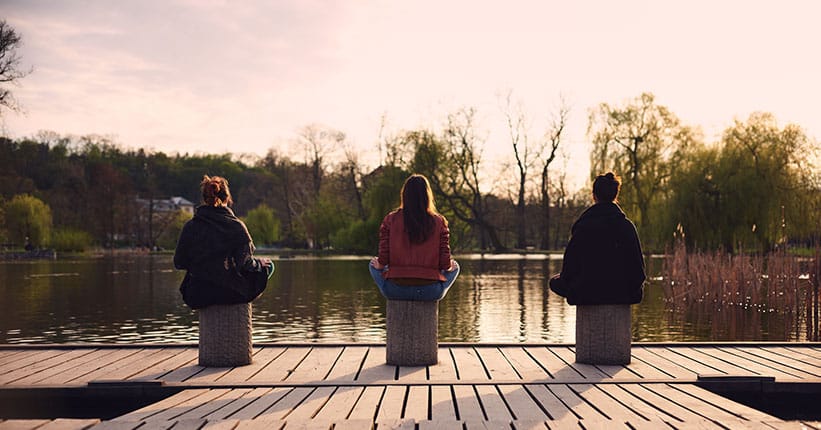Learn About Effective Strategies on How to Meditate? for Beginners
Learn About Effective Strategies on How to Meditate? for Beginners
Blog Article
Exactly How to Meditate: A Step-by-Step Technique to Achieving Mindfulness and Calmness
Reflection serves as a powerful device for achieving mindfulness and emotional tranquility in a fast-paced world. By recognizing the fundamental principles and strategies associated with meditation, individuals can grow a technique that enhances their general wellness. This conversation will describe crucial steps, from producing a favorable setting to incorporating meditation into everyday regimens. As we discover these components, it becomes clear that the journey to mindfulness is not simply regarding the act of being in silence, yet instead about fostering a deeper connection with oneself and the world around us. What might this improvement require?
Understanding Meditation
Recognizing meditation involves comprehending its basic concepts and strategies, which function as the structure for the method. At its core, reflection is a mental workout targeted at promoting leisure, building interior power, and creating compassion and understanding. The technique urges people to concentrate their focus, often via strategies such as deep breathing, visualization, or mantra repeating.
Reflection can be categorized right into different styles, consisting of mindfulness, transcendental, and loving-kindness reflection, each with distinct objectives and approaches. Mindfulness meditation emphasizes present-moment understanding and non-judgmental observation of feelings and thoughts, while transcendental reflection includes the use of specific concepts to transcend common thought procedures. Loving-kindness meditation concentrates on establishing an attitude of love and concern towards oneself and others.
No matter the method employed, the main goal stays consistent: to grow a deeper understanding of the mind and its patterns. This self-awareness promotes emotional durability, clarity of idea, and a profound sense of tranquility (How to meditate?). By comprehending these strategies and principles, people lay the groundwork for an effective meditation technique that can substantially enhance their total well-being
Planning For Your Method
Before starting your meditation technique, it is necessary to create an atmosphere helpful to focus and leisure. Select a silent area where you are not likely to be interrupted. This could be an edge of an area, a garden, or any type of area that evokes a sense of tranquility. Ensure that the area is tidy and free of mess, as a tidy atmosphere can aid clear the mind.
Think about the lights, as all-natural light can enhance your mood and energy. Soft, warm illumination is usually more calming than severe fluorescent lights. In addition, pick a comfy temperature level, ensuring that you are neither as well warm neither also cool.
Including components that promote harmony can better boost your experience. This could consist of soft paddings or coverings for convenience, along with relaxing aromas from crucial oils or scent. It can additionally be beneficial to have a timer set for your reflection session to avoid disturbances from clock-watching.
Standard Meditation Methods

Another reliable strategy is body check reflection. This includes mentally scanning your body from head to toe, noticing any type of locations of stress or discomfort and knowingly loosening up those muscular tissues. This practice promotes a much deeper link in between your mind and body.

Last but not least, loving-kindness meditation concentrates on growing empathy towards on your own and others. Quietly repeat expressions of a good reputation, enhancing psychological wellness and interconnectedness. Each of these techniques works as a foundation for your reflection journey, permitting you to discover the method that reverberates best with your individual practice.
Keeping Focus and Mindfulness

Establishing a devoted meditation area can improve the capability to preserve mindfulness. A peaceful, clean atmosphere lessens disturbances, enabling deeper immersion in the method. Furthermore, establishing a time limitation can assist handle expectations; beginning with much shorter sessions might ease the change right into longer techniques.
Using strategies such as body scanning or observing sensations can also reinforce mindfulness. These methods motivate experts to remain existing and engaged with their physicality, anchoring their focus in the moment. Regular technique is crucial; the mind develops resilience with time, producing a stronger ability for focus.
Incorporating Meditation Into Day-to-day Live
Integrating meditation right into everyday life can transform regular activities right into chances for mindfulness and self-reflection. By integrating mindfulness techniques into usual tasks, people can cultivate a greater feeling of visibility and tranquility in the middle of the busyness of day-to-day life.
Begin by determining minutes throughout your day where you can stop briefly and exercise mindfulness. Throughout your morning commute, emphasis on your breath or the sensations of the setting around you. In the kitchen, strategy cooking as an introspective practice, appreciating the structures, shades, and aromas of the active ingredients. Even ordinary tasks like strolling or washing dishes can become opportunities for meditation by guiding your focus to the sensations of motion and the sounds bordering you.
Additionally, reserving specialized times for meditation can reinforce its practice. Begin with brief sessions, slowly increasing duration as you end up being extra comfy. Usage reminders or hints-- like a particular time of day or a calming audio-- to develop consistency.
Ultimately, the objective is to weave mindfulness into the textile of life, enabling you to come close to each minute with objective, thereby improving your total sense of well-being and clarity.
Conclusion
In conclusion, efficient reflection needs a peaceful atmosphere, a comfortable placement, and a concentrate on the site link breath. By permitting thoughts to develop without judgment and consistently redirecting focus to the breath, practitioners can attain enhanced mindfulness and harmony. Integrating numerous strategies, such as body scanning and loving-kindness expressions, can further enhance the technique. Regular meditation, also in short sessions, promotes a deeper link to the here and now moment, inevitably resulting in higher calm and mental quality in life.
Reflection can be classified into numerous designs, consisting of mindfulness, transcendental, and loving-kindness meditation, each with distinct functions and methods. Mindfulness meditation highlights present-moment understanding and non-judgmental monitoring of ideas and sensations, while transcendental reflection involves the usage of certain here are the findings concepts to transcend common idea processes.With your meditation room prepared, it's time to explore numerous fundamental reflection strategies that can assist cultivate mindfulness and internal peace.Continually keeping emphasis and mindfulness during meditation can be tough, especially for those new to the practice.Developing a dedicated meditation area can enhance the capability to preserve mindfulness.
Report this page